Have you decided to buy your home a new laundry washing machine?
A quick piece of advice would be not to rush the purchase. I will tell you why.
A washing machine is one of those appliances in a home that are expected to last for years and work regularly with no fail or breakdown.
This expectation can have some level of truth if you make the right decisions before buying one.
There seem to be common checks we always forget and end up disappointed, as users and maintenance experts say from my research.
To help you choose the right washing machine, I will serve you with questions you must ask yourself.
I will explain the features in detail to discover any improvements made.
Jump to;
★
1.What type of washing machine is good for me?
Generally, there are two kinds of washing machines, regardless of size, price, or brand.
Automatic washing machines
With this machine, all you do is make the necessary presets, like selecting the desired washing time and cloth type and then pressing the button. Both washing and spin-drying are done with one click.
Pros
Convenience: They require no energy or involvement to work.
Time-saving: They can wash many loads of clothes in a short time.
Energy and power saving: This improved technology knows the right amount of water and electricity to use without waste.
Cons:
Hard to repair: Since they are wired with more complexity, repair is always hard.
Usually more expensive to buy.
Some washing modes like ‘heavy-duty’, consume a lot more water than necessary.
Semi-automatic washing machines
The washer and dryer are separated into two different drums.
First, the machine washes, and then you have to transfer the clothes to the spin dryer.
Pros:
Cost-effective: They are usually low-priced.
The user has full control over the washing process.
Cons:
Inconvenience: They require the user’s involvement to complete the cycle.
Time-consuming: The need for the person to be available means more time is required to use
Limited purpose: They may not be useful for heavy loads.
They are not future-proof. Since technology keeps on advancing, there is a possibility that semi-auto appliances may not exist anymore.
Convenience and future proof are the two biggest separators; that’s why the automatic type may be a better choice.
Perhaps due to factors like price, you may choose to have the semi-auto washing machine.
The next step is to choose which kind of auto or semi-auto washing machine you need.
There are two major categories, namely:
- The front loader
- Top loader
Which of the two is the best choice? Well, it depends. Let us delve deeper to get a clearer picture.
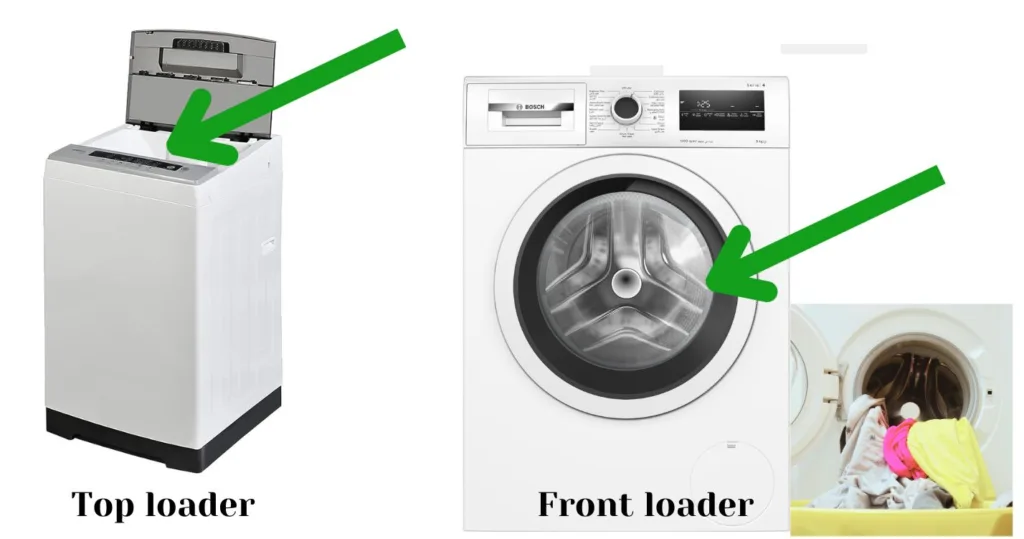
The front loader
These are washing machines that have an access door to the drums by the sides. Meaning you face the door while using the machine.
Top loader
As the name suggests, the access door is located at the top of the machine. This means you just drop the clothes into the machine.
Selecting the best: top loader vs. front loader.
To make it easy for you, consider the following factors to help you make a good choice:
- Best cleaner
- Efficiency
- Price
- Convenience
- Ease of loading clothes
Best cleaner.
I tried both and realized that the top loader is tougher on clothes, especially when it comes with an agitator. Depending on your wishes, if you deal with extremely dirty clothes, the top loader can be a better choice.
Remember, this affects the life span of clothes.
For gentle washing, front loaders are a better choice.
Water and power efficiency
This simply means how much electricity each of the washers consumes per wash. As technology improves, most machines become more efficient every day.
Most machines usually come with power-efficiency guides. I noticed that top loaders are better at saving electricity compared to front loaders.
Before buying, I recommend you check the energy consumption sticker or manual and see what exactly you save.
In terms of water consumption, front loaders are clear winners due to the up-and-down rotation mechanism.
On the contrary, a top loader has to fill the water above the clothes to soak them properly.
Price
Prices change with the machine brand, model, size, technology included, and so on. In many cases, certain models from both categories may have high or lower prices, depending on what the manufacturer is providing.
While accessing the general market, I realized that top loaders come at lower price points as compared to front loaders.
Usually from $400 to $1300 compared to nice front loaders that range from $500 to $1300
Convenience
This is how easy it is for you to fit the washing machine in a given place in your home.
The front loaders can easily fit in small places due to the position of the control panel and loading door. These washers can easily be placed under the same slab top as other sinks or even stacked below the dryer.
Top loaders, on the other hand, require space at the top for loading.
Ease of loading clothes
The choice here is twisted.
Top loaders are easy to load into clothes; however, picking them up can be a problem if your hands are shorter. If you have shorter hands, it can be trickier to bend inside the machine as low as 5 inches from the ground.
For completely easy loading and offloading, a stackable front loader with a custom pedestal is better.
This setting limits all the bending and kneeling. The downside is that it comes with an added cost.
A pedestal-free front loader gives more hard time because the drum is as low as 4 inches from the floor.
Picking up clothes or transferring clothes to the dryer will require you to bend down. For some people with back and knee issues, this can be a problem
★
2.What size is perfect for my family?
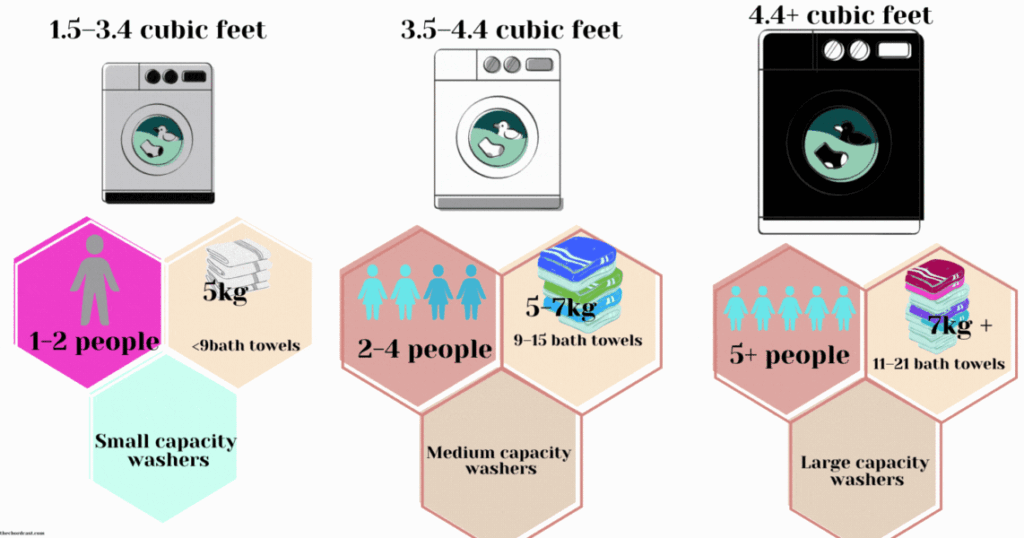
In terms of capacity, washing machines always come labeled with how much they can handle.
Ranging from 3kg to 12kg of load, choose depending on your family size and how frequently you want to wash. I am living with a family of 5 adults, and a 7 kg front loader is enough for us.
If you have a smaller family, I don’t believe that a 10-kg washer would be necessary.
But the ultimate choice comes to you. Remember, capacity is usually related to the final price of the machine.
★
3.How do you avoid noisy washing machines??
I have seen noise and excessive vibration as the number one complaint from hundreds of users.Manufacturers of the latest models are trying to solve the sound that comes from the spinning impellers.
Sound is measured in decibels (dB), with figures ranging from as low as 55 dB up to 78 dB.
Always check for the lower value to avoid excessive noise. Vibrations and wobbling mostly result from the unbalanced stands of the machine.
Make use of a spirit level to ensure that the bottom is balanced
★
Maintenance of washing machines
Change water horses: In normal cases, these tubes are under pressure, which damages them.It is recommended to change them every after 3 to 5 years.
The best option is to use stainless steel, which can last for a longer time.
Level the washer legs to avoid wobbling. Most users complain about vibrations and shaking.These issues, at times, are due to unbalanced bottom stands.
Always keep the door open for a few minutes after every wash to prevent mold and a bad smell from building up.
Related article:A Smart Refrigerator Can Wait: Tips to Know Before Buying One
Join the conversation
Do you have any questions or additional factors you consider when buying a washing machine?
Share your thoughts and experiences in the comments below!


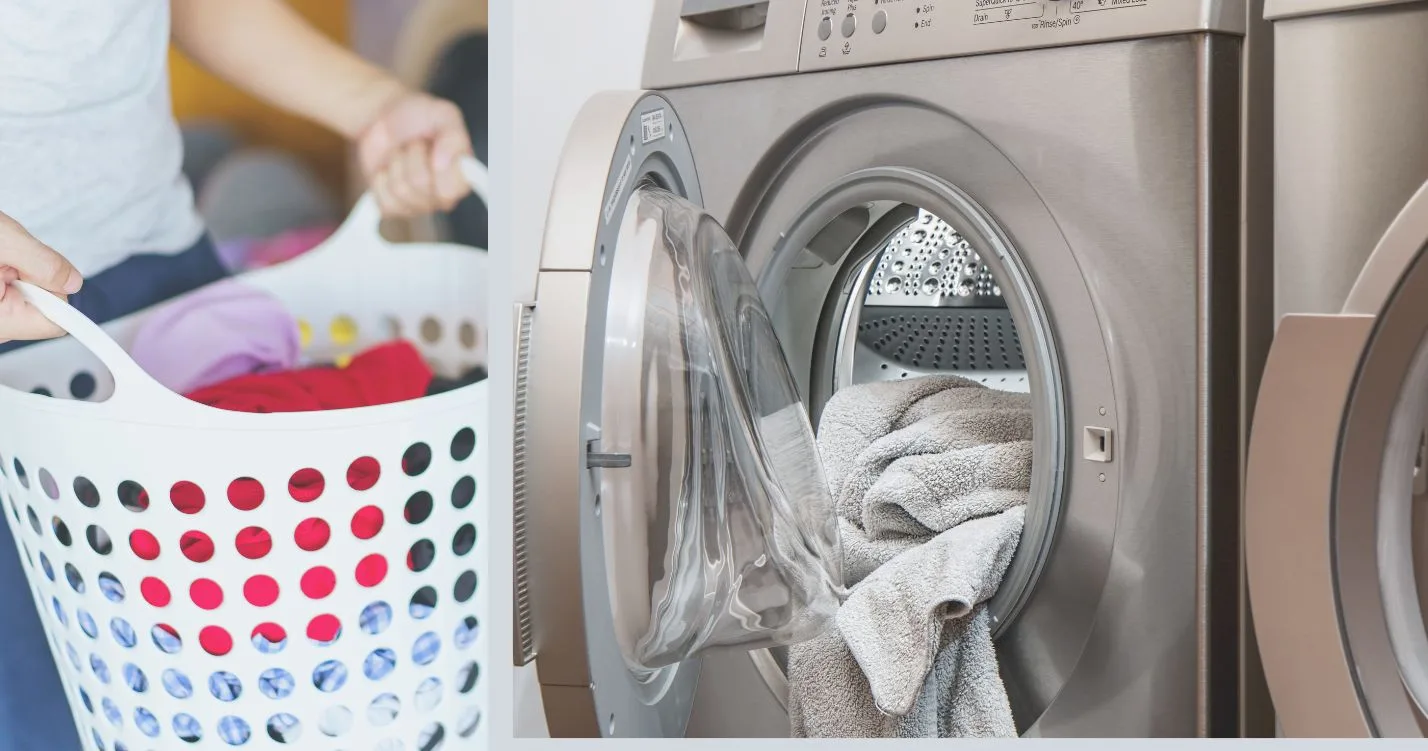



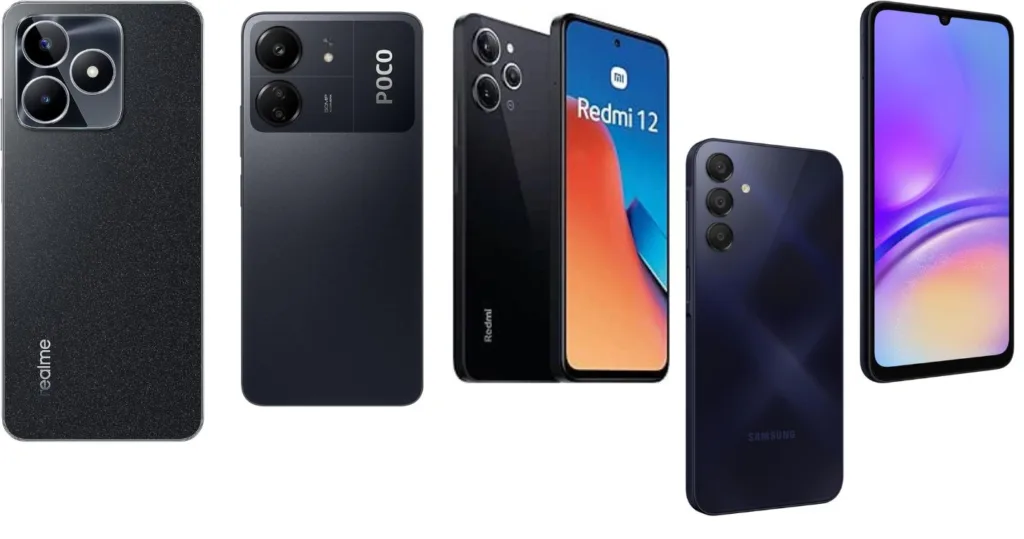

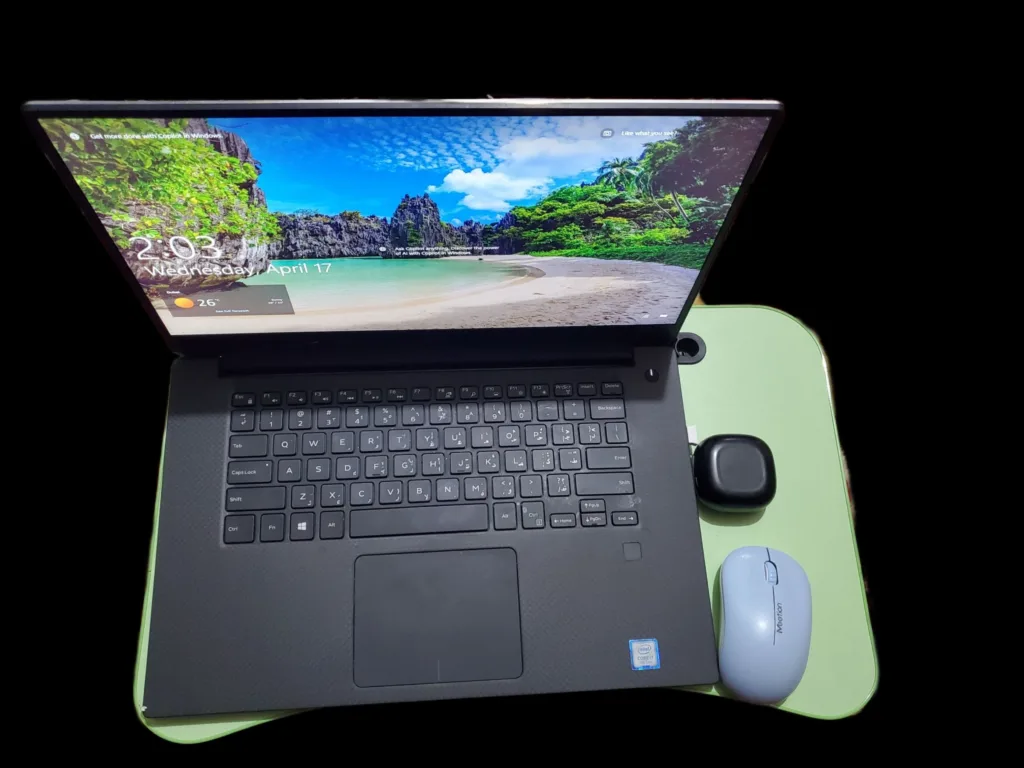
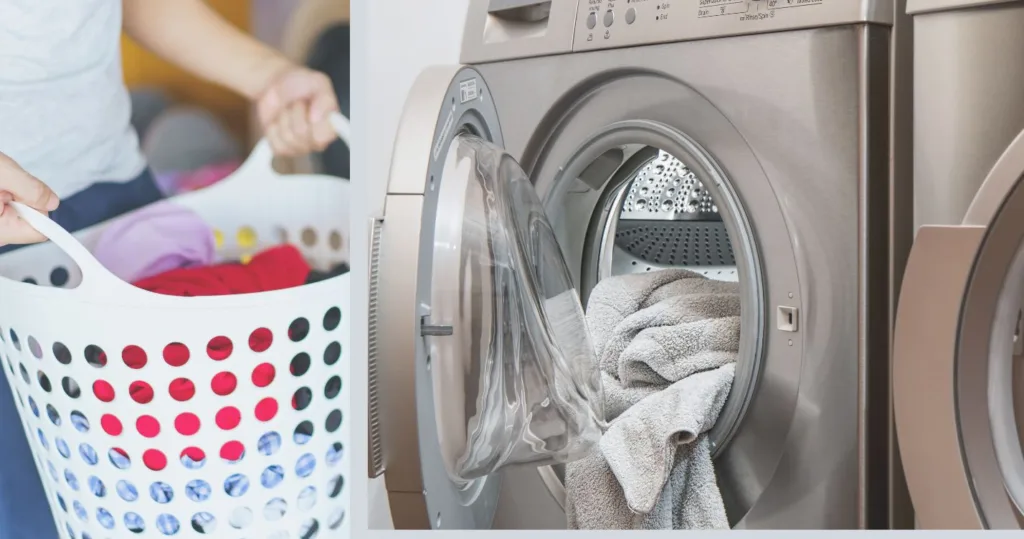
Leave a Reply